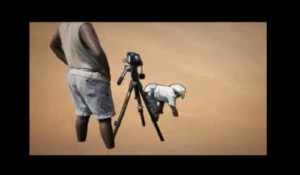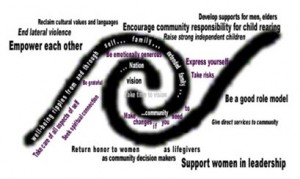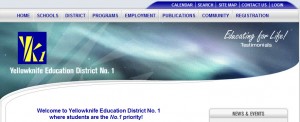Looking for more information about place-based education, I came across this You Tube video describing the importance of securing traditional knowledge for the benefit of community and country. The 5 minute, 36 second video was created by Luke Stanford, narrated by Victor Steffensen and filmed in Australia.
Some of the themes discussed are:
- The importance of showing a visual of what the elders are trying to explain
- Understanding that different forms of language + body + verbal are all significant and must be preserved
- That Aboriginal knowledge is not recognized by the mainstream and therefore an even greater sense of urgency to preserve this knowledge
- A sustainability theme where we’re not just saving this knowledge for Aboriginal people but for all – i.e. Aboriginal knowledge as a means to better understand global warming and other environmental issues
- People are currently detached from the environment but in reality “Man is not different from nature, Man is nature”





